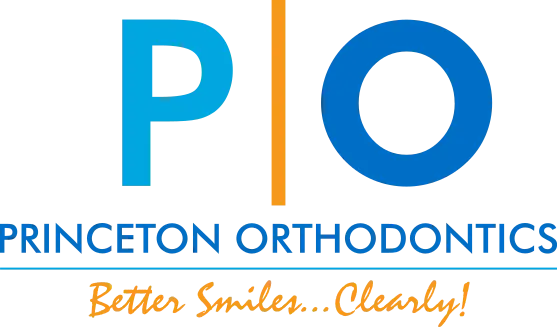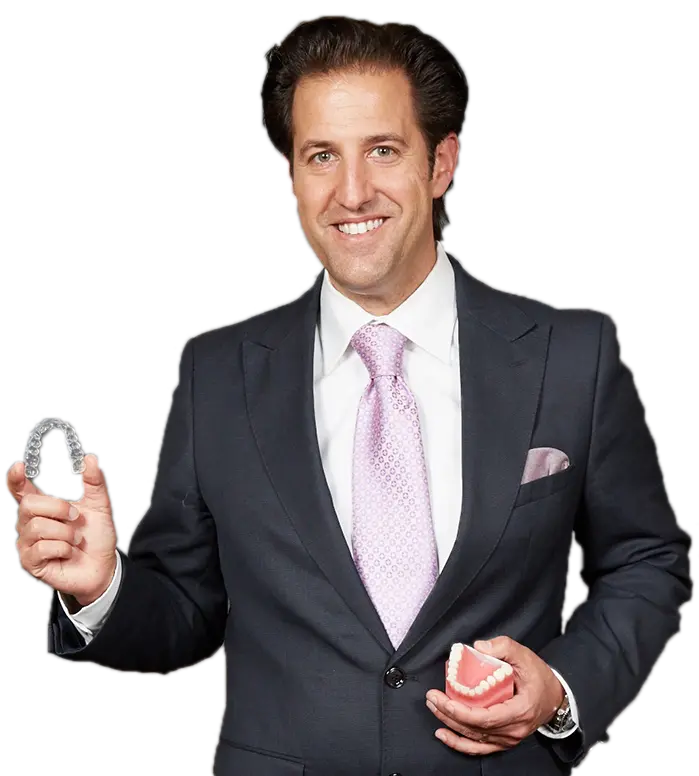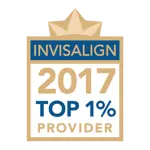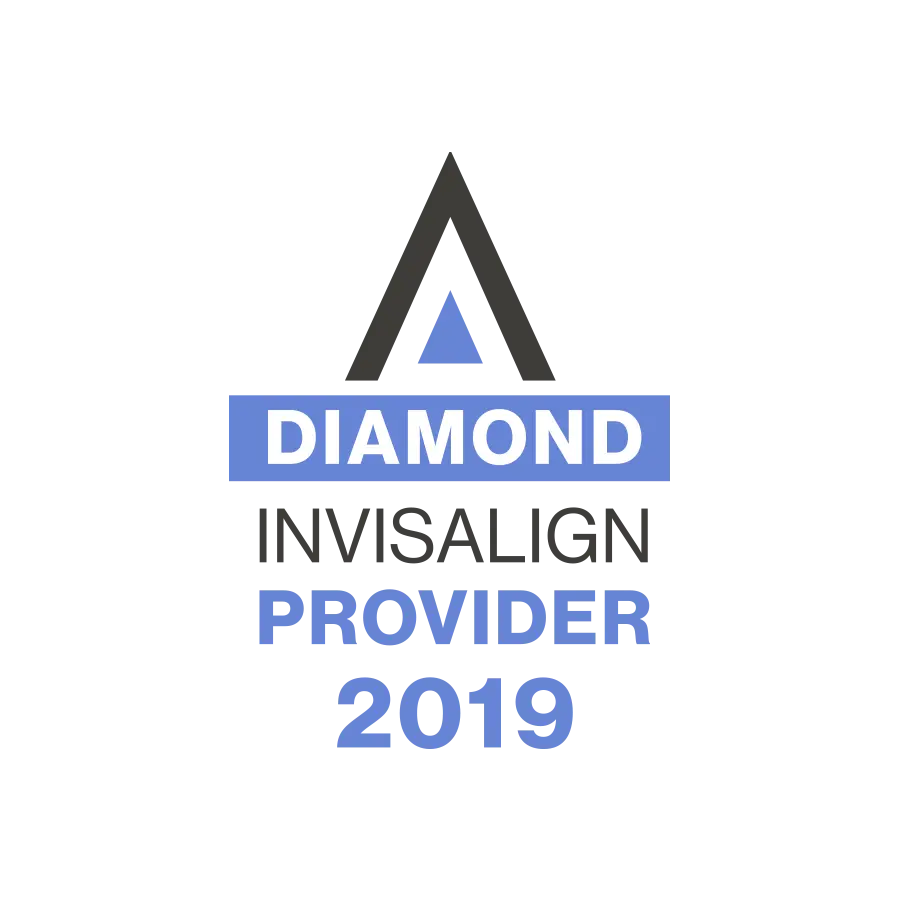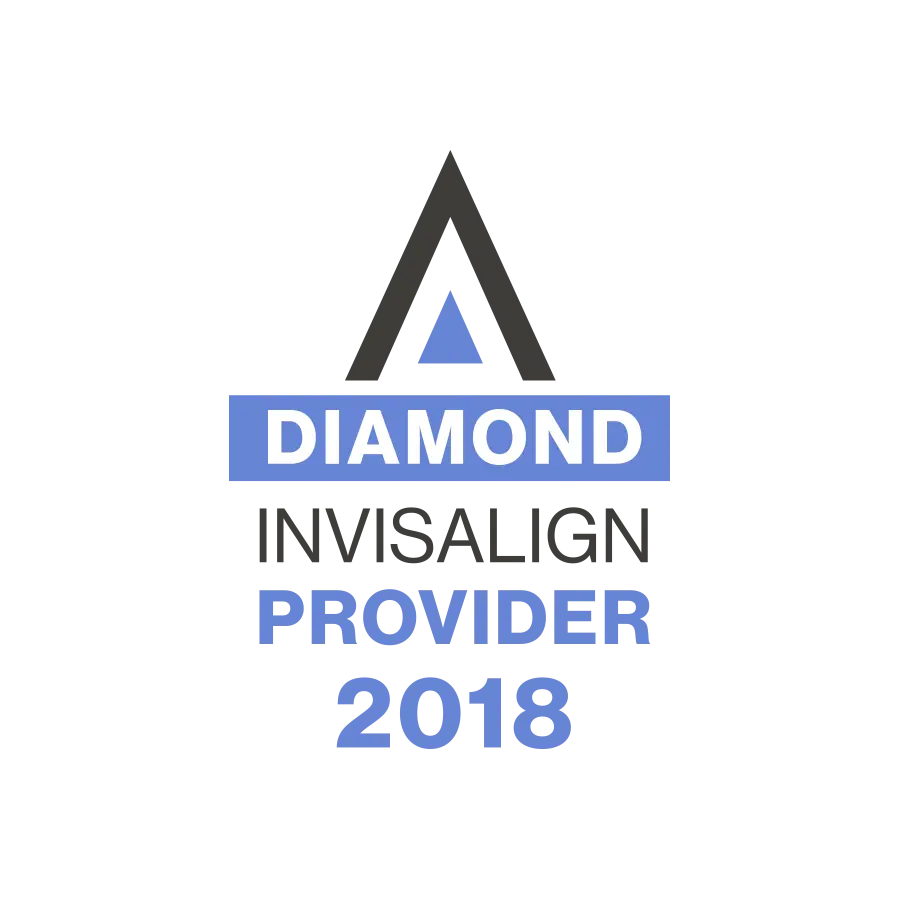Discover Invisalign Cost: Is Invisalign Covered by Insurance?
Invisalign is a popular orthodontic treatment that many people are interested in. However, many find it difficult to afford Invisalign in Princeton and other places due to the high cost. That said, we understand that many of you are wondering—is Invisalign covered by insurance?
Here are some of the facts you need to know – is Invisalign covered by insurance?
#1 – Most general health insurance does not cover Invisalign.
While 75% of people may need orthodontic treatment, sadly, the majority of health insurance providers do not cover Invisalign. So, if your Invisalign treatment is not considered medically necessary by your insurance company, you will likely have to pay for Invisalign out of your own pocket.
Despite this, there are still a lot of ways to make the treatment more affordable, so there is no need to worry.
#2 – Invisalign may be covered by dental insurance.
If you have dental insurance, Invisalign covered by insurance may be partially or fully covered. Every dental insurance plan is different, so it’s important to check with your provider to see what coverage you have.
It’s also worth noting that Invisalign may be considered a cosmetic procedure by some dental insurance companies. So, if your Invisalign treatment is considered cosmetic, your dental insurance may not cover it.
One thing you can do is get a medical necessity letter from your orthodontist. This letter is written by your orthodontist, and it states that Invisalign is medically necessary for you. This letter can be submitted to your dental insurance company in an effort to get coverage for Invisalign.
You may also want to avail of dental insurance if your general health insurance does not cover Invisalign. Make sure to avail of one that covers the treatment to get Invisalign covered by insurance.
Also, there will probably be a lifetime maximum on the amount that will be covered for your orthodontic treatment. In some cases, this is around $1,000 to $1,500 but it can go up to around $4,000.
#3 – You need to ask about an in-network vs. out-of-network Invisalign coverage.
When it comes to Invisalign covered by insurance, there are two things you need to know about—in-network and out-of-network. In-network providers are orthodontists who have a contract with your dental insurance company. This means that they have agreed to accept the insurance company’s fee schedule.
On the other hand, out-of-network providers are orthodontists who do not have a contract with your dental insurance company. This means that they can charge whatever they want for Invisalign treatment.
If you choose an in-network provider, your Invisalign treatment will likely be covered by your dental insurance. However, if you choose an out-of-network provider, your Invisalign treatment may not be covered, or it may only be partially covered.
It’s important to note that in-network providers may not be available in your area. In this case, you may have to choose an out-of-network provider. If you do choose an out-of-network provider, make sure to ask about their Invisalign fees in advance. This way, you will know how much your Invisalign treatment will cost, and you can plan accordingly.
#4 – Flexible spending accounts (FSA) can be used to pay for Invisalign.
If you have a flexible spending account (FSA), you can use this to pay for Invisalign and may not need to get Invisalign covered by insurance. An FSA is a type of savings account that allows you to set aside money before taxes is taken out. This money can be used to pay for qualified medical expenses, including Invisalign.
If you have an FSA, you can use this to pay for up to $2,700 of your Invisalign treatment. Keep in mind that you will need to use the money in your FSA within a certain timeframe, typically within the calendar year. So, if you have Invisalign treatment that spans two calendar years, you may need to pay for part of the treatment out of your own pocket.
Another thing to keep in mind is that FSAs typically have a “use it or lose it” policy. This means that if you don’t use the money in your FSA within the specified timeframe, you will lose it.
#5 – You can choose an orthodontist that offers flexible payment options.
If you’re worried about Invisalign covered by insurance or can will pay for Invisalign, you can choose an orthodontist that offers flexible payment options. This means that you can make monthly payments for your Invisalign treatment instead of paying the entire cost upfront.
Some orthodontists may offer in-house financing, which means that you can make monthly payments directly to the orthodontist. In other cases, the orthodontist may work with a third-party financing company. This means that you will make monthly payments to the financing company, and they will in turn pay the orthodontist.
Invisalign in Princeton, NJ – Your Best Orthodontist
If you’re looking to get Invisalign in Princeton and don’t know how to manage the cost, look no further! Dr. Jonathan Nicozisis is your best orthodontist who offers Invisalign at an affordable price. With years of experience, Invisalign is one of the many services we offer and it’s one that we’re very passionate about.
In fact, Dr. Nicozisis is a member of the Invisalign® National Speaker’s Bureau and Clinical Research Network where he helps conduct research and development of new technologies and improvements to the Invisalign System. He has given over 100 lectures for Invisalign worldwide teaching other orthodontists advanced techniques to correct complicated malocclusions.
At Princeton Orthodontics, our amazing staff can help you figure out how to manage the cost through insurance claims, flexible financing, and Invisalign® promotions. So, if you want to know, is Invisalign covered by insurance? Give us a call today to learn more! Our office is located at 601 Ewing St # B12, Princeton, NJ.
